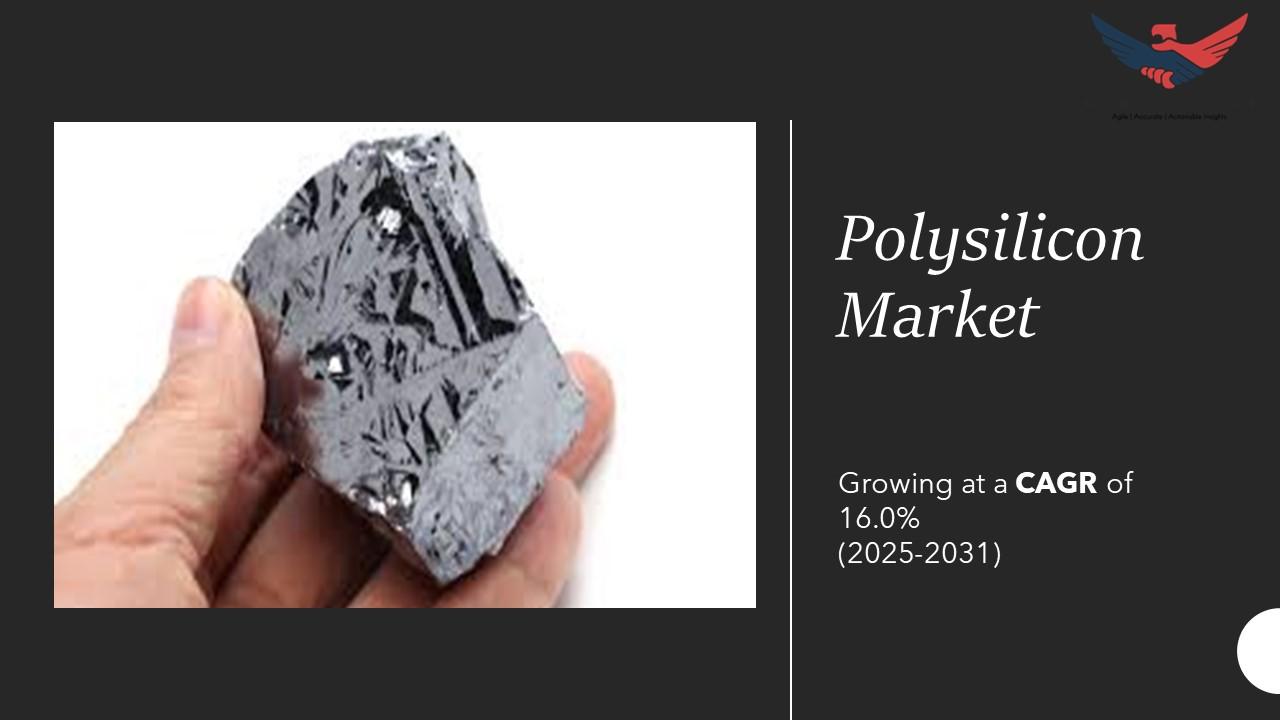Advanced Drilling Fluids: Powering the Next Generation of Oilfield Operations

Introduction
The global drilling fluids market plays a pivotal role in the exploration and production of oil and gas, serving as a critical component in maintaining wellbore stability, cooling and lubricating the drill bit, and carrying rock cuttings to the surface. With the global energy sector expanding and oilfield activities increasing, the demand for high-performance drilling fluids has surged. Technological innovations and environmental concerns are pushing the industry toward the development of advanced, eco-friendly fluid formulations. This market stands at the intersection of operational efficiency, cost optimization, and environmental sustainability, making it a key focus area for oilfield service providers and energy companies worldwide.
Understanding the Market
Drilling fluids—commonly referred to as drilling mud—are categorized primarily into three types: water-based, oil-based, and synthetic-based fluids. Water-based fluids dominate due to cost-effectiveness and ease of disposal, while oil-based and synthetic fluids are preferred for complex drilling environments. The demand for these fluids is heavily influenced by exploration and production (E&P) activities across both onshore and offshore fields. As companies push into deeper and more complex reserves, the need for customized fluid solutions has grown. Moreover, regulatory pressures regarding disposal and environmental safety are prompting a shift toward biodegradable and low-toxicity alternatives, driving research and innovation in formulation chemistry.
Technological Innovations
Advancements in nanotechnology, polymer science, and fluid engineering are reshaping the drilling fluids landscape. Nanoparticles are increasingly used to enhance fluid performance, providing better lubrication, thermal stability, and filtration control. Smart fluids with adaptive rheological properties are emerging, capable of adjusting viscosity in response to downhole conditions. Additionally, digital monitoring systems and sensors integrated into drilling rigs enable real-time analysis of mud properties, ensuring operational efficiency and reducing non-productive time. Innovations in synthetic-based muds are also enhancing the ability to drill through high-temperature, high-pressure (HTHP) wells with minimal environmental footprint, which is crucial for modern deepwater and shale operations.
Market Growth and Future Outlook
The drilling fluids market is poised for steady growth, supported by the resurgence in oil prices, rising upstream investments, and the ongoing expansion of shale gas and deepwater exploration. Asia-Pacific, led by China and India, is witnessing increased drilling activities to meet growing domestic energy demands. North America continues to dominate due to its robust shale drilling operations, while the Middle East remains a key contributor owing to vast hydrocarbon reserves. Future market growth will hinge on technological advancements that balance performance and sustainability, as well as regional policies promoting cleaner energy exploration practices. By 2032, the market is expected to see strong adoption of eco-friendly fluids that align with the global energy transition trend.
Challenges and Opportunities
Despite its promising trajectory, the market faces significant challenges, including high formulation costs, fluctuating crude oil prices, and stringent environmental regulations. The disposal and treatment of used drilling muds remain a concern, especially in offshore operations. However, these challenges present opportunities for innovation—such as closed-loop fluid systems and recyclable formulations that reduce waste and environmental impact. The growing demand for geothermal energy and carbon capture drilling projects also presents new use cases for specialized drilling fluids, extending the market beyond conventional oil and gas applications.
Conclusion
In conclusion, the drilling fluids market stands as an essential enabler of efficient, safe, and sustainable oil and gas operations. As energy companies pursue deeper and more challenging reservoirs, the need for advanced, environmentally responsible drilling fluids will intensify. Through continuous innovation and adherence to sustainability goals, the industry is evolving to meet both economic and environmental objectives. The future of this market will be defined by its ability to deliver high-performance, eco-conscious solutions that support the global transition toward a cleaner and more resilient energy sector.


